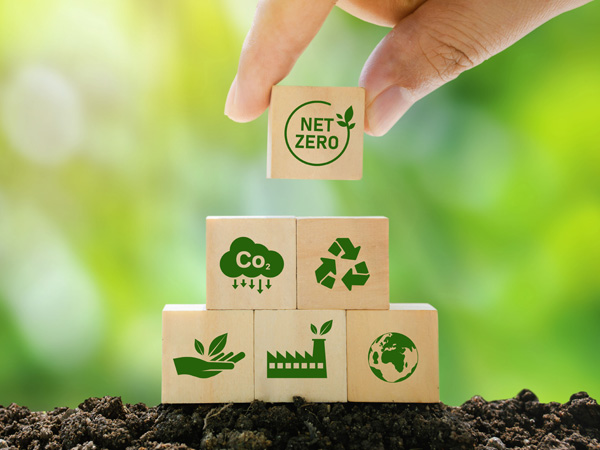Sustainability means meeting our own needs without compromising the ability of future generations to meet their own needs. In addition to natural resources, we also need social and economic resources. Sustainability is not just environmentalism.
So, in short, we are passing on to our children sustainable practices that maintain systems without further degrading them. In this article, I would like to propose that sustainability is not enough. Many of our resources have already been depleted beyond repair. Species of fauna and flora have become extinct, and others are on the brink of extinction. Global warming is a reality.
The solution is not sustainable practices that simply seek to maintain systems the way they are, but to apply regenerative practices that will restore the system to a better position than it was before. We need to leave our planet in a better condition than it currently is for future generations, or our future generations will also be at risk.
“The time is past when humankind thought it could selfishly draw on exhaustible resources. We know now the world is not a commodity, is not a source of revenue; it’s a common good, it’s our heritage. And the consequences of climate change are fully known now – we’re not talking about theories anymore, we’re talking about certainties” – François Hollande, Former French President
What is another word for regeneration?
Verb – in the sense of renew. Synonyms: renew, breathe new life into, invigorate. This to me sounds a lot more positive than sustainable which has become a cliché.
Essentially, regenerative, and sustainable tend to mean the same thing. Except that in a sustainable system, you cannot revive lost ecological systems. Once they are gone, they cannot be restored. Conversely, in a regenerative system, those ‘lost’ systems can begin to regenerate back into existence. The term ‘sustainability’ is largely redundant, arguing that we’re sustaining a fundamentally unsustainable system.
As business owners, we would not want to manage our business as it is, we would want to increase productivity. Increasing productivity aligns itself more with regenerative than it does with sustainable.
Locally, Farmer Angus is the perfect example of regenerative farming, leaving the land in a better condition than it was. I urge you to read his blogs or watch his TED talk at the following link.
And yes, he mentions packaging in the talk too.
How can we apply regenerative to packaging? The first step is to move to a circular economy. We throw away 99% of the things we buy within six months of purchase – with less than 1% of the materials being recovered! This is a straight line from raw materials to trash – a linear economy. In a circular economy, our natural resources are reused repeatedly, without ending up in waste dumps and oceans. If the economy behaves like a circle, it means that the waste that is generated becomes new material for new products. This means we need new ways of designing, producing, consuming and disposing
of goods. Sustainable and regenerative packaging speaks to a ‘circular economy’ in which we use resources for as long as possible. It’s about extracting the largest amount of value from them, and then regenerating these products and their materials as they approach the end of their lifespan.
Compostable packaging also plays a major role in regenerative agriculture. Composting organic matter, including food waste and cardboard, along with the growing number of other compostable packaging options, produces valuable and much-needed enrichment material for agricultural soil.
An apple a day keeps the doctor away. Well, today we will have to eat two apples a day to keep the doctor away. Studies have shown that today’s apples (and this also applies to other fruits and vegetables) contain around 38% fewer nutrients than they did in the 20th century. The main culprit in this disturbing nutritional trend is soil depletion. Modern intensive agricultural methods have stripped increasing amounts of nutrients from the soil in which the food we eat grows. Good, nutrient-rich compost regenerates the soil.


